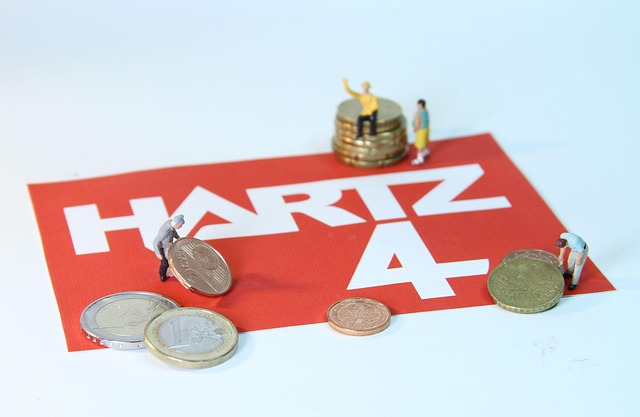A Title Loan Lien Release allows borrowers to regain control of their vehicle's registration after settling debt, offering a quick funding solution but carrying risks like high interest rates. The process involves borrower requests, lender inspection, and government paperwork filing, ensuring legal compliance while requiring understanding of terms and conditions.
A title loan lien release is a critical process that allows borrowers to regain ownership of their assets, free from financial constraints. This comprehensive guide delves into the intricacies of title loan liens and offers a clear understanding of the lien release process. We’ll explore the steps involved, benefits, and risks associated with this option. By weighing your choices, you’ll gain insights into reclaiming your rights while making informed decisions regarding your assets.
- Understanding Title Loan Liens: What They Are
- The Process of Lien Release: Steps Involved
- Benefits and Risks: Weighing Your Options
Understanding Title Loan Liens: What They Are

Title loan liens are a common feature in the world of secured loans, particularly for those seeking emergency funding. When you take out a title loan, a lien is placed on your vehicle’s registration and title as collateral. This legal hold ensures that if you fail to repay the loan according to the agreed-upon terms, the lender has the right to repossess your vehicle. It’s a security measure designed to protect the lender’s investment.
In essence, a title loan lien release occurs when the borrower repays the full outstanding balance on the loan, satisfying the loan requirements and allowing the lender to remove the lien from the vehicle’s registration and title. This process is crucial for individuals who want to sell or transfer ownership of their vehicles without the encumbrance of the lien.
The Process of Lien Release: Steps Involved

The process of releasing a lien on a vehicle secured through a title loan involves several crucial steps designed to ensure transparency and legal compliance. It begins with the borrower initiating the release by contacting their lender or title loan service provider. The first step is often submitting a formal request, which includes providing necessary documentation, such as proof of insurance and current registration, to verify the borrower’s ownership and the vehicle’s condition.
Once the request is received, the lender conducts a thorough vehicle inspection to assess the car’s value and condition. This inspection plays a vital role in determining if there are any outstanding issues or damages that need to be addressed before releasing the lien. After verification, the lender processes the release, often involving filing the required paperwork with the appropriate government authority. The borrower is then notified of the successful removal of the lien, marking the end of their financial obligation related to the secured title loan in Houston.
Benefits and Risks: Weighing Your Options

When considering a Title Loan Lien Release, it’s crucial to weigh both the benefits and risks involved. One significant advantage is access to immediate funds without the need for traditional credit checks, making it an attractive option for individuals in urgent financial need. Additionally, the process can facilitate a quick turnaround time, often with funds directly deposited into your account as soon as the title transfer is finalized.
However, there are potential drawbacks to be mindful of. A Title Loan Lien Release places a lien on your vehicle, which means you’ll have restricted use of it until the loan is fully repaid. Moreover, interest rates for these loans can be considerably higher than those of conventional lending options, potentially leading to accruing debt if not managed responsibly. It’s essential to understand the terms and conditions thoroughly before signing, focusing specifically on repayment plans, fees, and any associated risks related to default.
A title loan lien release is a crucial process that allows borrowers to regain full ownership of their vehicles after repaying the loan. By understanding the basics, from how these liens work to the steps involved in releasing them, individuals can make informed decisions about short-term financing options. Weighing the benefits and risks associated with lien releases helps ensure you’re aware of potential outcomes before proceeding. Educated choices regarding title loan lien releases empower borrowers to navigate this financial tool effectively.






